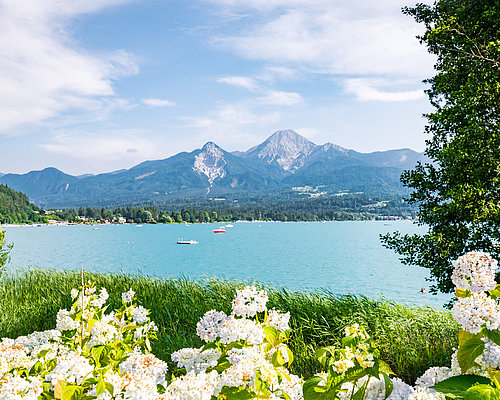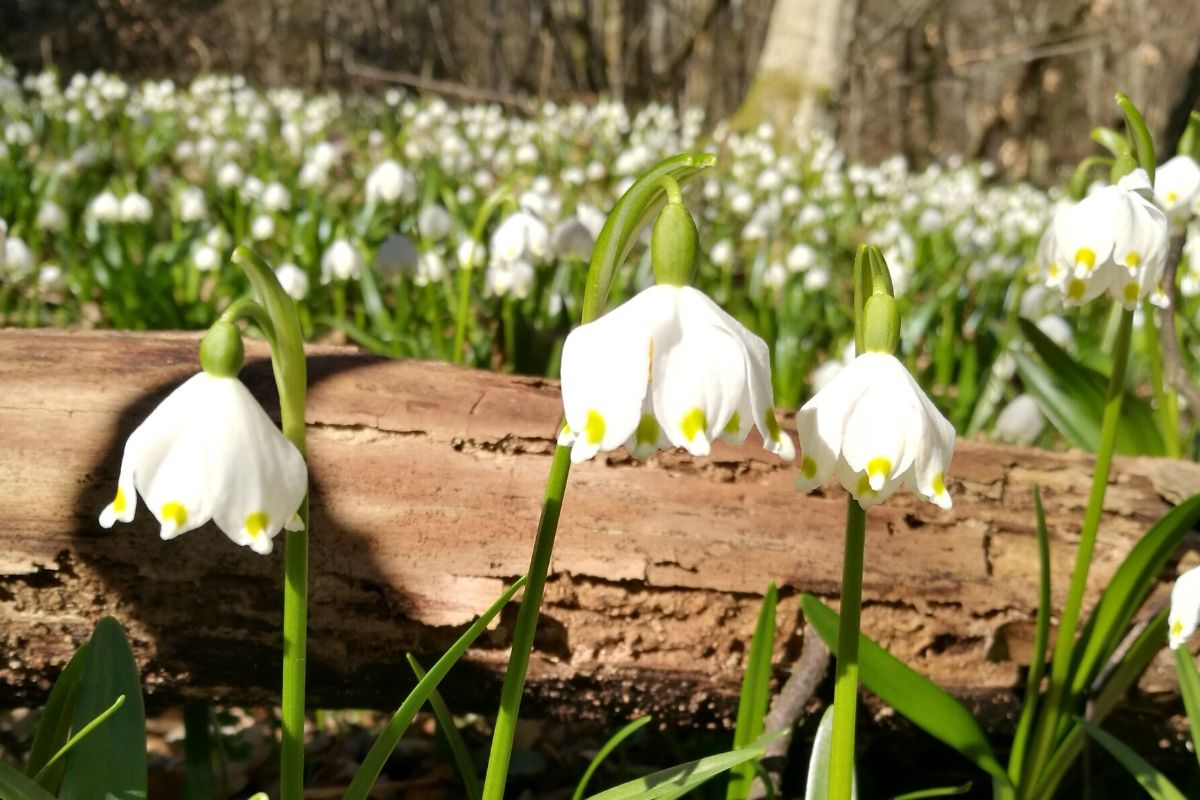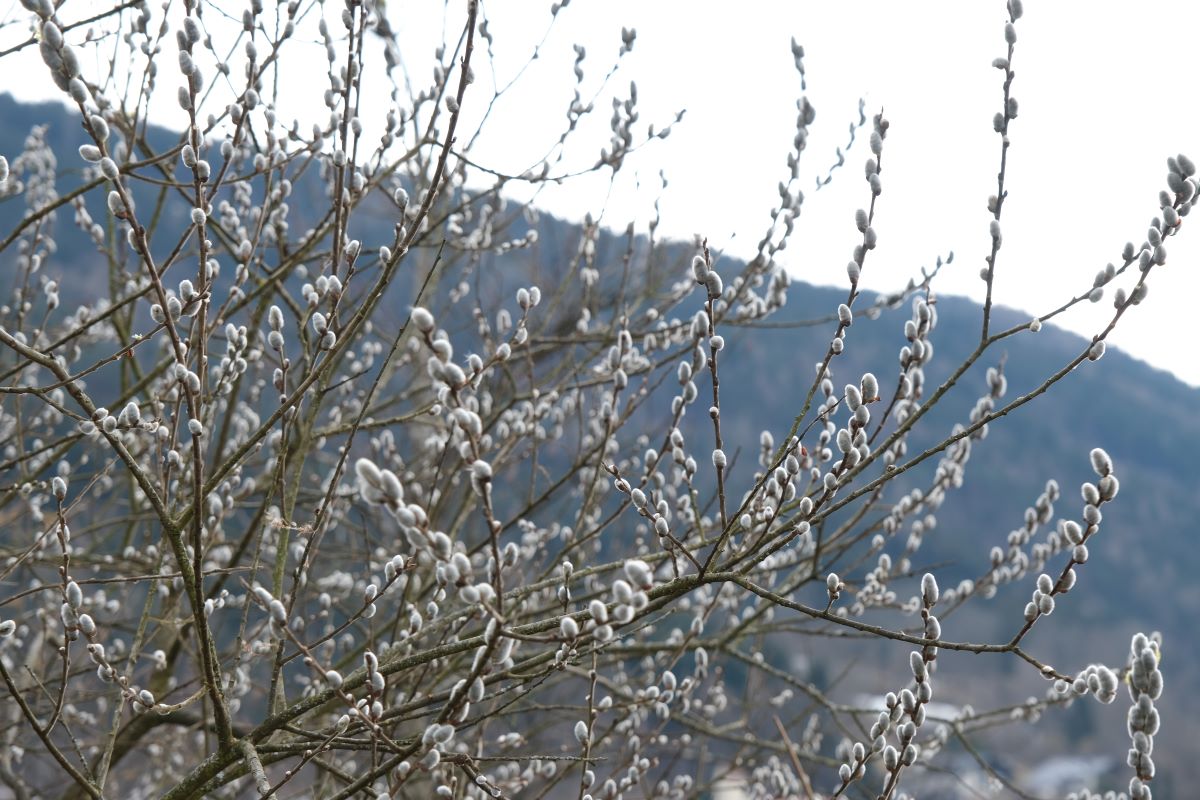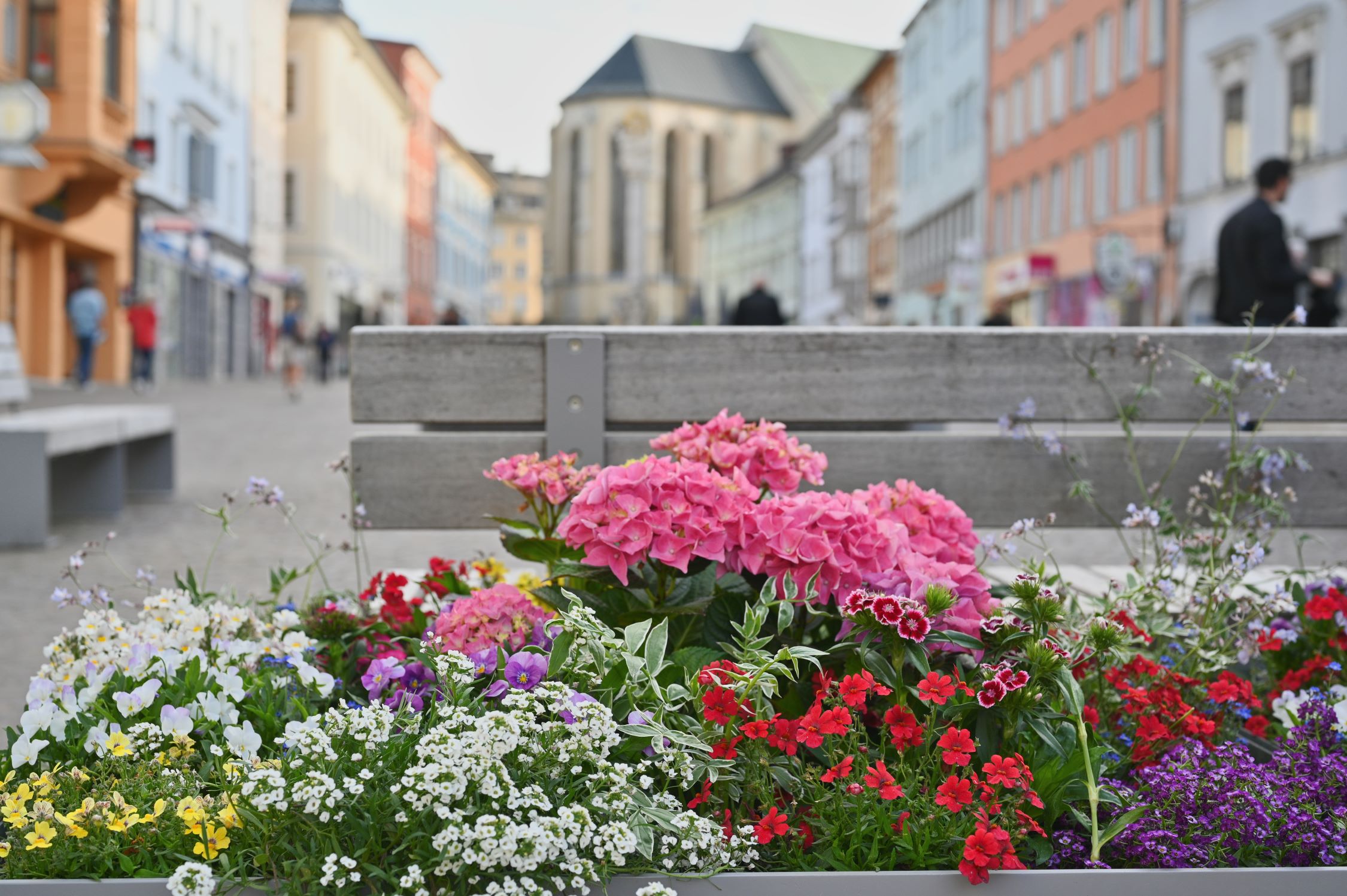
While the mountains of Austria are still covered in snow, in sunny Carinthia the region’s valleys are beginning to blossom with spring flowers. Enjoy the first signs of spring from March to May as the warm rays of sunshine melt the winter snow. Searching for the first wildflowers of the year is one of the highlights of early spring. Fortunately, the unique climate of Carinthia means that springtime is rich with flower blooms. If you want to enjoy the natural beauty of spring in Carinthia, here are some of the flowers that you can find during the spring.
SPRING CROCUS / FRÜHLINGS-KROKUS
In bright shades of purple, yellow and white, spring crocus herald the arrival of spring. The appearance of these flowers means that warm weather is on its way. Once the snow melts, spring crocus appear all over Villach - near walking paths, in the garden, and in Alpine meadows. If you would like to see the spring crocus bloom in all its glory, we recommend heading to the mountains once the snow melts to see these colorful flowers by the thousands.
CHRISTMAS ROSE / SCHNEEROSE
Even though its name is “Christmas Rose”, these flowers arrive in late winter and early spring. Its name comes from an old legend that the flower sprouted in the snow from the tears of a young girl who had no gift to give the Christ child in Bethlehem. Perhaps the German “Schneerose” is a more fitting name since this “Snow Rose” blooms once the snow has melted between February and April. To see the Christmas rose in person, enjoy a hike on the Schneerosen-Wanderweg in Ludmannsdorf.
PUSSY WILLOW / PALMKÄTZCHEN
Come springtime, the branches of this willow tree are sprouting with small buds that are covered in a fine, greyish “fur” - hence its playful cat name. The flowering shoots of pussy willow are used in Austria for spring religious decoration on Palm Sunday. You can find pussy willow along the banks of the river Drau in early spring, however, the branches are protected from February 1st to April 30th. Since the pussy willow is an important source of food for bees, people are discouraged from cutting off its branches.
HEPATICA / LEBERBLÜMCHEN
In early spring, these vibrant flowers resemble jewels scattered on the forest floor. Hepatica (also known as liverwort) comes in striking colors of electric purple, pink, white, and lavender. The flowers have a delicate scent and their fragrance promises that spring is just around the corner. Hepatica thrives in the forest near creeks and can be seen in the forests around Warmbad.
SPRING SNOWFLAKE / FRÜHLINGSKNOTENBLUME
This delicate white flower reminds people of many things - a snowflake, a cup, a knot, a snowdrop, and more - which is why it is a flower with many names. In Austria, the spring snowflake is called “Frühlingsknotenblume” (spring-knot-flower) or “Märzenbecher” (March-cup). Due to its beautiful flower shape and intense fragrance, this flower is an endangered plant species. If you are lucky enough to find a patch of spring snowflakes, please enjoy them from a distance and do not pick them. You can find these beautiful flowers blooming in forests near the Gail river.
FOREST COWSLIP / WALD-SCHLÜSSELBLUME
The cheerful yellow blooms of the forest cowslip mean that spring is on its way. From March to May, the forest cowslip grows in meadows, in the forest, along streams, and in the garden. The name “cowslip” most likely comes from the fact that it often grows amongst cow dung in early spring, but the German and Latin names of the flower have a nicer meaning. The German name “Wald-Schlüsselblume” (forest-key-flower) comes from the biblical story of Peter dropping his key to the earth. Meanwhile, the Latin scientific name “Primula veris” roughly means "the first herb of spring". These are more fitting names for such a beautiful and happy flower.
*Please keep in mind that many species of plants are protected in Austria. Bring your camera along with you and take a picture instead of picking the flowers - it will last longer. ;)



